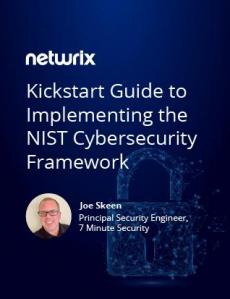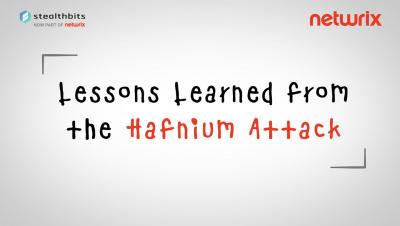Security | Threat Detection | Cyberattacks | DevSecOps | Compliance
June 2021
Cybersecurity sketchnotes: A key takeaway from the Solorigate attack
Understanding Insider Threats: Definition and Examples
Insider threats remain one of the biggest issues plaguing cybersecurity. A study by Ponemon shows that the costs of insider threats leaped 31% in just two years, from $8.76 million in 2018 to $11.45 million in 2020. The same report shows that it takes companies an average of 77 days to contain an insider threat incident. Forrester predicts that insider threats will cause 31% of data breaches by the end of 2021, up from 25% in 2020.
Cybersecurity Maturity Model Certification (CMMC): Tips for Compliance
Following a string of 83 data breaches in 2019 alone, the United States Department of Defense (DoD) established the Cybersecurity Maturity Model Certification (CMMC). The CMMC framework is a unified national standard for improving cybersecurity. Companies in the defense industrial base (DIB) must implement CMMC requirements in order to win contracts. Read on to find out how you can achieve compliance.
Netwrix acquires New Net Technologies (NNT) to help customers better identify security risks and protect against cyber threats
Cybersecurity sketchnotes: Lessons learned from the HAFNIUM Attack
What Is Security Information and Event Management (SIEM)?
A cyberattack is expected to occur every 11 seconds in 2021 — nearly double the frequency just a year earlier. These incidents often involve breaches of sensitive proprietary information and cost the organizations involved millions of dollars. Despite all the resources being devoted to improving cybersecurity, new threats continue to arise faster than defense capabilities.





